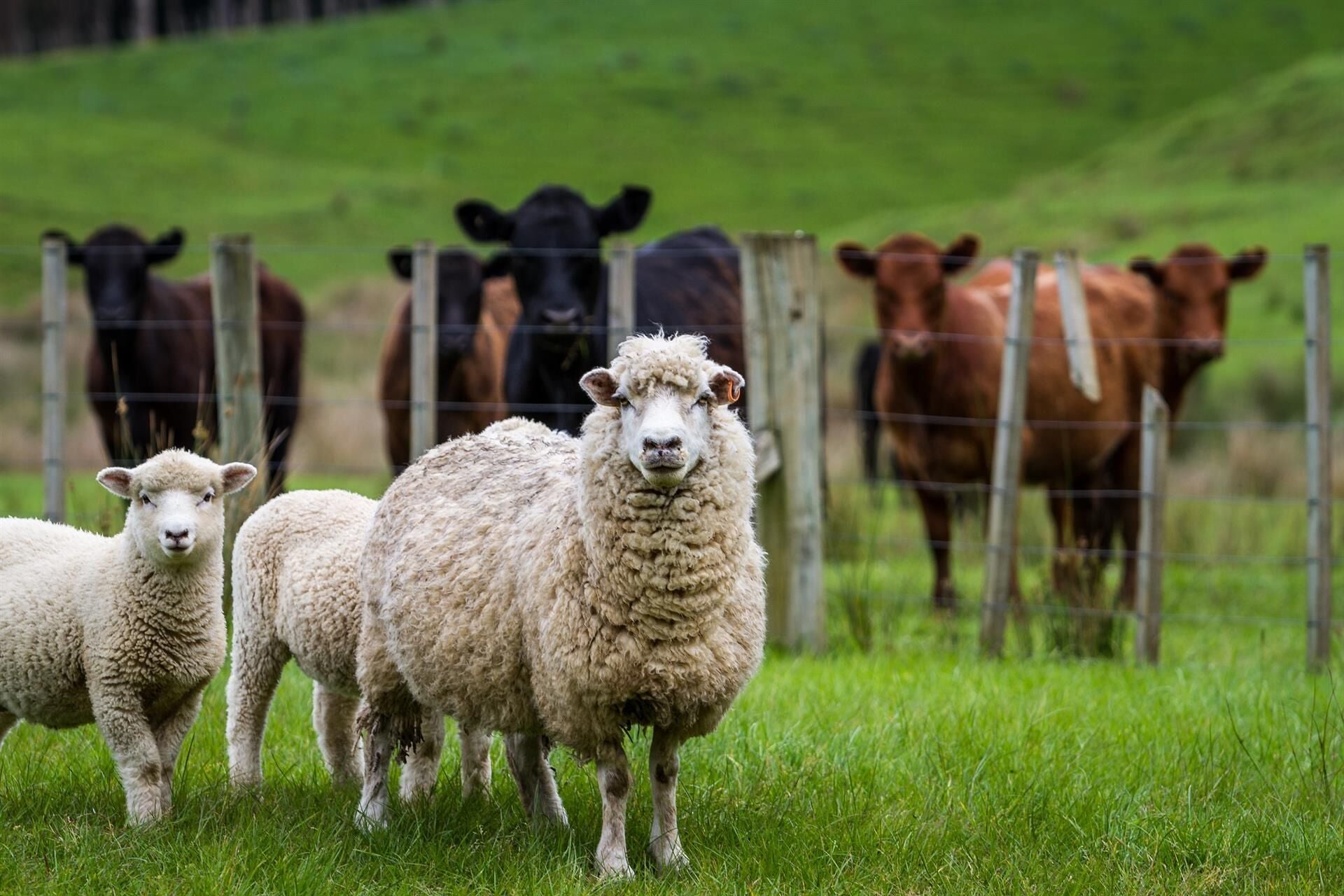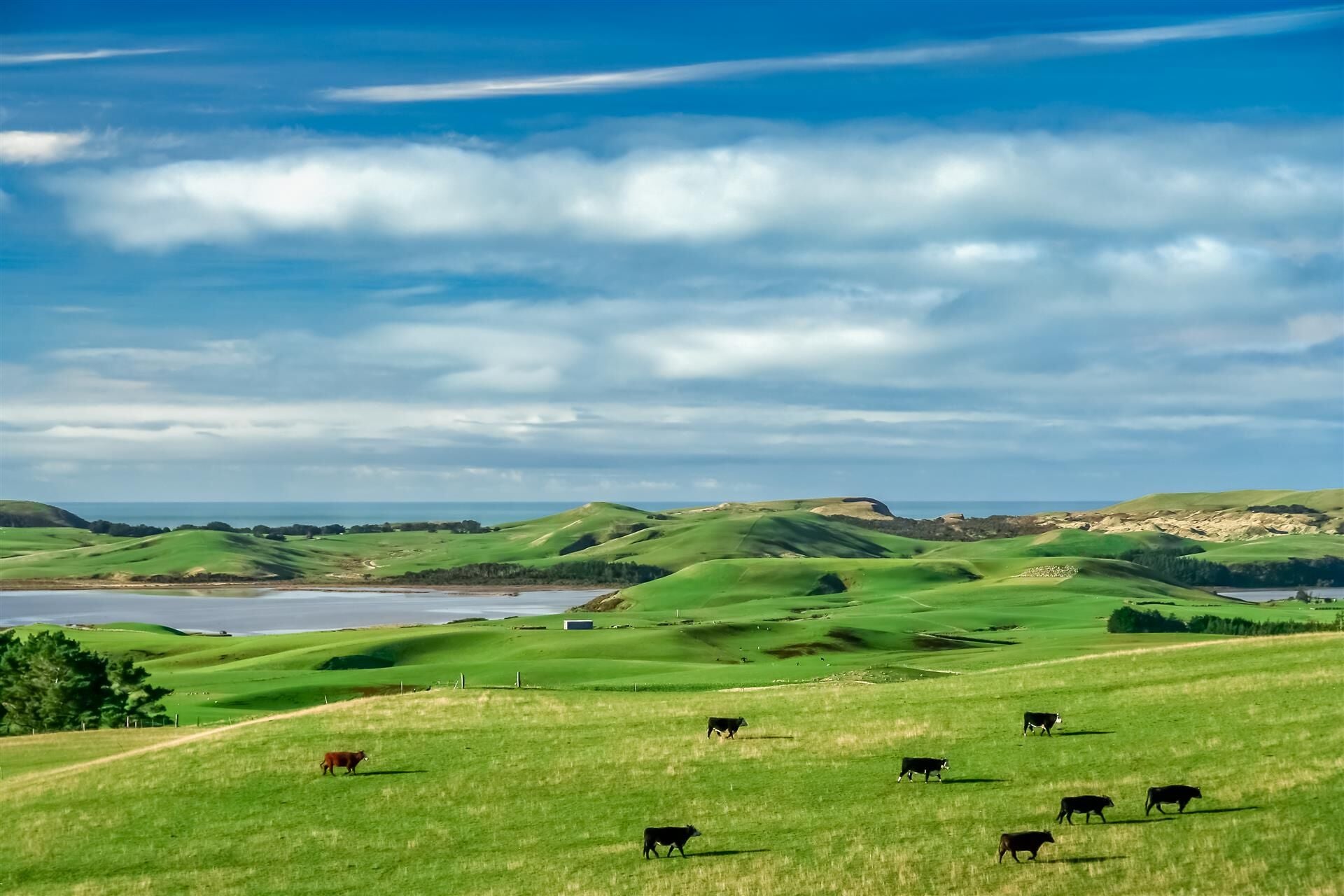Dry stock farm profit drives demand

It also highlights the promising levels of profitability that can underscore well run dry stock farms, in an environment where red meat returns are looking particularly positive.
The ANZ Agri-Insight Red Meat benchmarking report gives a snapshot of performance in the sheep and beef sector, and dives into farm profitability, linking farms’ physical production aspects to final financial outcomes.
“The report has also put to bed some of the often held beliefs over physical farm aspects, such as the ratio of sheep to cattle, or the intensity of stocking rate on properties are direct drivers of farm profit.”
The report has also put to bed some of the often held beliefs over physical farm aspects, such as the ratio of sheep to cattle, or the intensity of stocking rate on properties are direct drivers of farm profit.
Not unexpectedly the top performing dry stock farms are those that, most simply, produce more meat and fibre per hectare. The top 25% of farms averaged 240kg of meat and fibre a hectare, with the bottom ones sitting at almost half that at 127kg a hectare.
But the higher production does not necessarily go hand in hand with higher profitability.
The report authors found a significant number of farms sitting above that average production of 200kg meat and fibre were still well below par for profitability. There was also no correlation to farms with higher sheep to cattle ratios having higher profitability levels in the survey.
Importantly, it appears for dry stock farms to be productive, there is a real quality versus quantity case to argue over farm grass supplies. On lower profit farms there was a wide range of feed supply, suggesting those farmers were less able to manage the balance between having enough grass and the right number of mouths to eat it.
The ability of the top performing farmers to track their feed supply regularly, using modelling or physical methods like plate metering, means they can “manage what they know” compared to poorer farmers who don’t know what growth rates, pasture cover or daily demand are per hectare.
Understanding feed levels, stocking rates and feed uptake all reflected in costs of production across profitable and poor returning farms. Those farmers who understood those three KPIs were producing meat and fibre 35% cheaper than those who did not.
On a per hectare basis farm working expenses are varying by 15%, with the good operators spending slightly more per hectare, but capable of generating significantly more when coupling that higher spend to their very capable management.
That ability turned the 15% extra per hectare spend into 70% extra per hectare income compared to the bottom performers.
Given farms generally receive the same price for their fibre and meat output, a lower cost of production KPI was one of the factors within farmers’ control that most effectively impact their profit margin.
“Given farms generally receive the same price for their fibre and meat output, a lower cost of production KPI was one of the factors within farmers’ control that most effectively impact their profit margin.”
And the upside for those efficient low cost operators was the surging demand for red meat that looks set to continue, and underpin greater certainty and margin in potential farm profits.
Meat Industry Association statistics show China accounted for 36% of total red meat exports in April, with sales taking a huge 60% jump on April 2018. China is dominating the frozen sheepmeat market, taking 58% of the volume, up from 35% in 2016. It also now accounts for 41% of beef trade, pushing back New Zealand’s long time main market, the United States, to second place at 35%.
Continuing growth in the Chinese middle class, expected to account for about 500 million people by 2020 is helping keep the momentum up on red meat demand, as higher incomes and greater awareness of red meat’s health value also grows.
The returns of the farms played through to their value, but only weakly. The authors found that suggested farm profitability has some relationship with land values, but other factors like drainage, infrastructure, potential for other uses and elevation were also factored into the value equation.
Duncan Ross, Bayleys national director rural said the report underscores what his company’s agents are witnessing around New Zealand.
“Dry stock properties that have a proven track record showing sustainable environmental and economic returns, that have been well run, remain attractive propositions. The opportunities they also present for participating in forestry and possibly carbon credits make them even more appealing. Pastoral dry stock land is fast becoming a limited resource as demand continues to grow for quality red meat protein globally that is grown in a sustainable fashion.”
